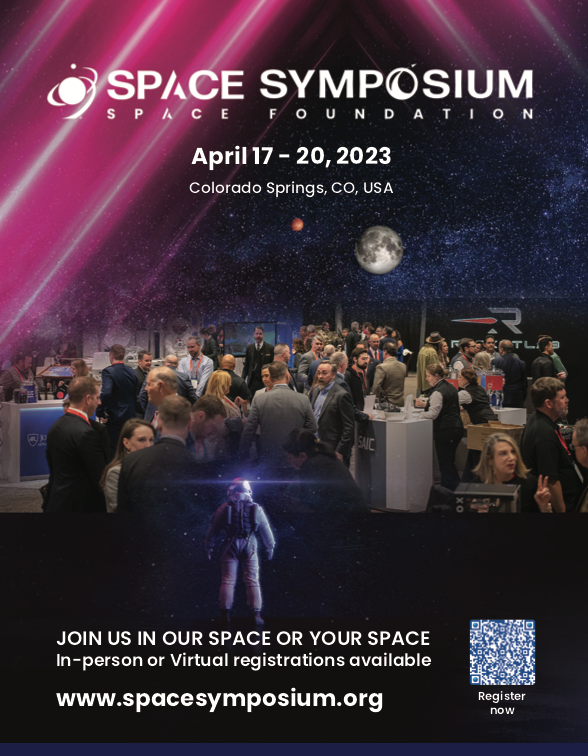Last December, the satellite SWOT (Surface Water and Ocean Topography) was successfully launched and, as the name “SWOT” indicates, this satellite is designed to study ocean topography and surface water on the continents and is focused on an oceanography and a hydrology mission.
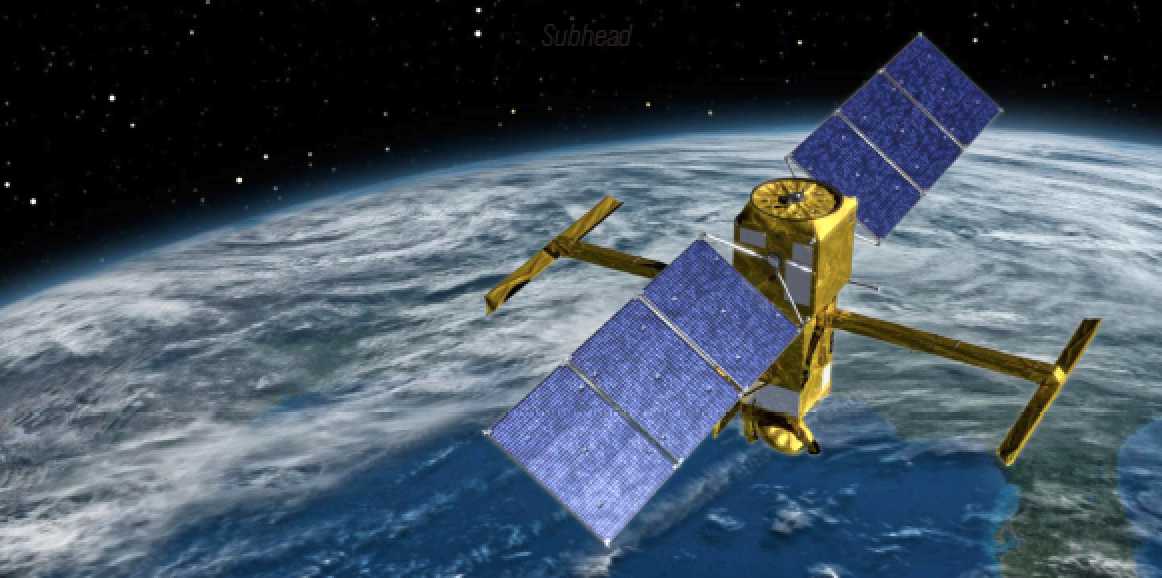 Artistic rendition of the SWOT satellite on-orbit. Image is courtesy of CNES.
Artistic rendition of the SWOT satellite on-orbit. Image is courtesy of CNES.
“For oceanography, the satellite will provide measurements of ocean surface and wave height with higher resolution than its predecessors: Jason satellites. This data will be used to analyze and understand the effects of coastal circulation on marine life, ecosystems, water quality and energy transfers, resulting in more accurate models of the interactions between oceans and the atmosphere. The hydrology mission will evaluate continental surface water, to study changes in water storage in humid zones, lakes and reservoirs, as well as flow rates in rivers.”
For this satellite, EREMS took in charge, in collaboration with Thales Alenia Space Belgium, the design and production of several of the spacecraft’s 15 electronic modules of the RTU (Remote Terminal Unit) and the integration of all modules for delivery of the flight modules.
Thus, for the modules associated with the interfaces of the satellite’s propulsion system as well as those associated with the power distribution system interfaces, EREMS has, on its site in Toulouse, France, implemented all of the electronic schematics, optimized the choice of components according to the satellite’s constraints and carried out all of the electrical justifications. EREMS then implemented the boards before ensuring their manufacture, testing and integration process, for delivery of finalized and qualified RTU-equipment to Thales Alenia Space Cannes for platform integration.
EREMS is involved in many other projects, such as Earth Observation (EO) and climate monitoring. One of these projects is ESA’s Land Surface and Temperature Monitoring (LSTM) mission. This mission is directly designed to measure “precisely and frequently throughout night and day the Earth’s ground temperature.” The LSTM project is part of the Copernicus program and is led by the European Space Agency.
Airbus Defence & Space was selected to be the prime contractor and to develop the two satellites for this important mission. EREMS provides Airbus D&S with the Front End electronic equipment of the thermal infrared instrument onboard the satellites.
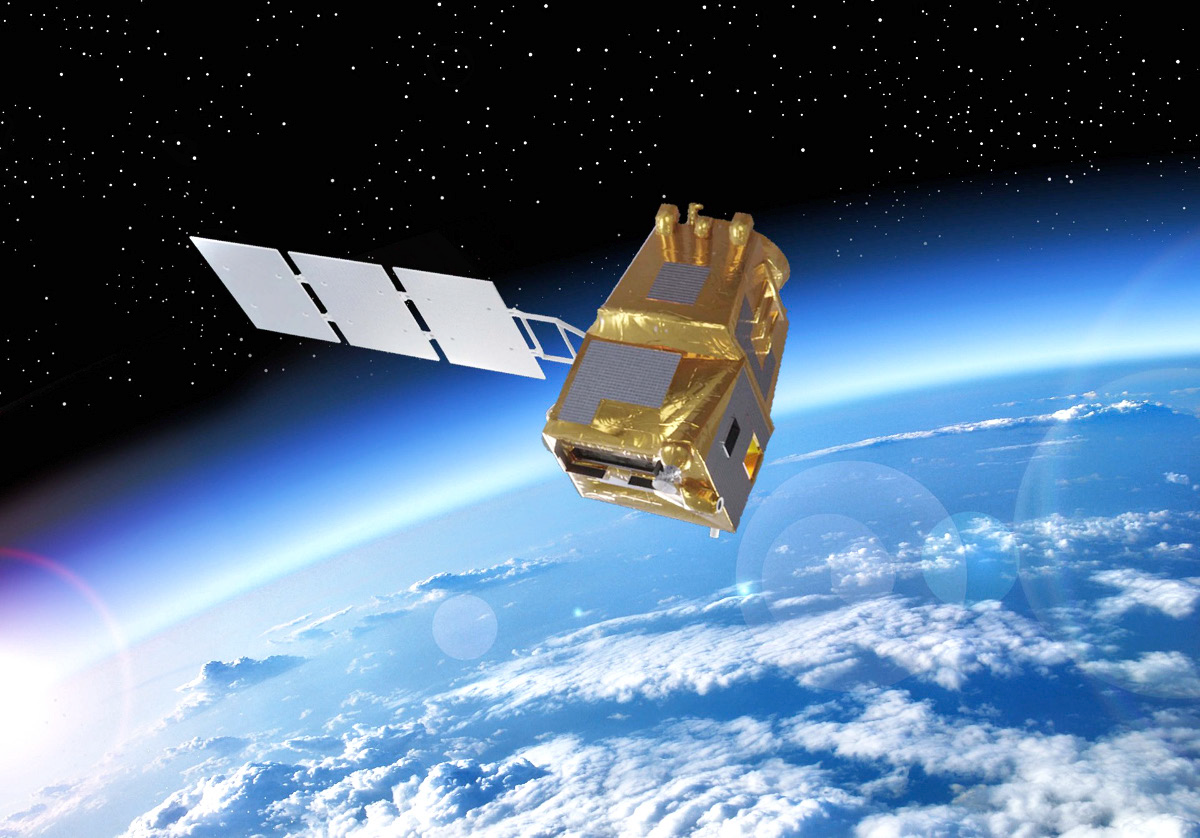
Artistic rendition of the LSTM satellite on-orbit.
Image is courtesy of Airbus Defence and Space
The data collected by this satellite will help to anticipate needs of natural resources and, more specifically, the management of water and its optimization by farmers.
Simultaneously, with the climate surveillance project, EREMS also applied its knowledge in the field of electronic equipment development for projects in the smallsat industry with various missions, such as Microcarb for environment monitoring, Kineis constellation for IoT, and MMX (Martian Moons eXplorer) for exploration of the solar system.
The scientific goal of MicroCarb is to monitor and identify CO2 fluxes on the surface of Earth, i.e., exchanges between sources (natural or anthropogenic) and the sinks constituted by the atmosphere, the ocean, the soil and vegetation.
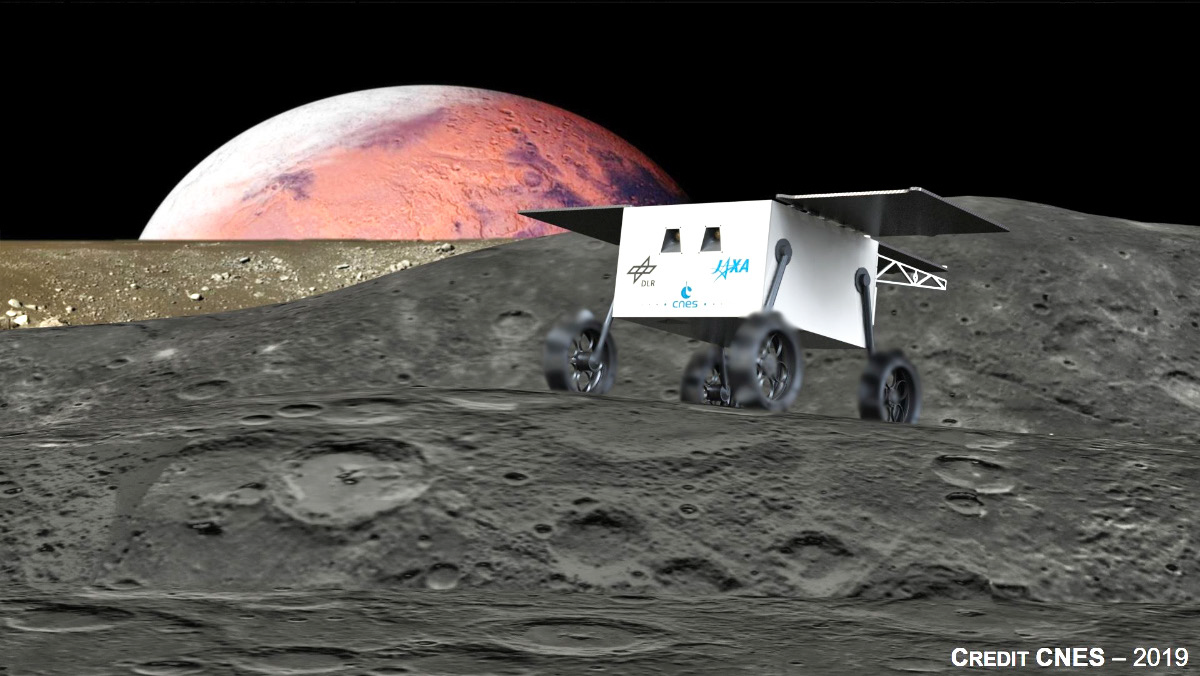
Artistic rendition of the Martian Moons eXplorer, courtesy
of CNES.
MicroCarb will provide extremely accurate measurement of CO2 concentration (on the order of 1 ppm, or 0.3%) and the satellite will also measure methane, the second most important anthropogenic greenhouse gas, whose emissions are very poorly monitored. EREMS completed the architecture and design studies of the Proximity Imaging Module (PIM) and the Flex PCB and the Manufacture and Supply of the Flight Model.
EREMS also provided 25 PCDUs — Power Control and Distribution Units — for the smallsat Kineis IoT constellation.
From this heritage, EREMS has also provided, to the CNES French Agency, the PCDU for the little rover that will land on Phobos, the largest of the two Martian moons. Initiated by JAXA, the MMX mission aims to study the Martian surface and will also collect samples to return to Earth.
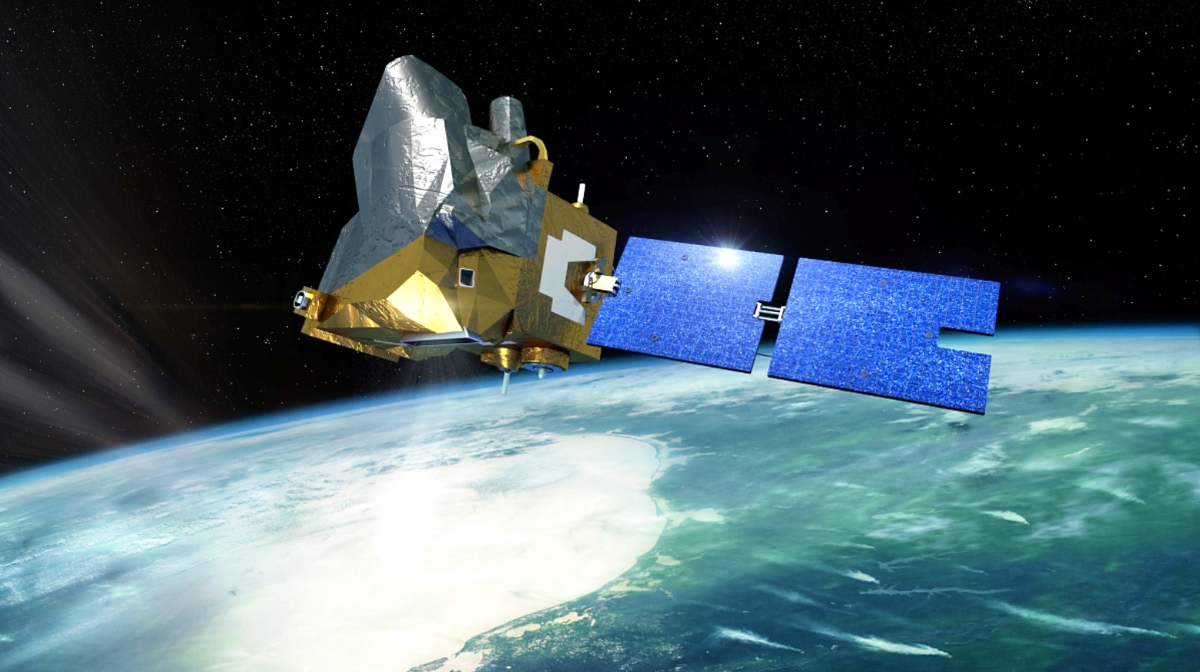
Artistic rendition of the MicroCarb satellite on-orbit.
Image is courtesy of CNES.
As is the case with all exploration mission, the understanding of the composition of different celestial objects (planet, stars, asteroids…) allows for a better understanding of Earth, the planet’s composition as well as the potential consequences of human activities.
The concerns for climate change are growing and so are the needs for EO. Space projects are multiplying in number to address these concerns and the needs for manufacturing instruments and equipment is, likewise, on the increase.
To address market and customer demands, EREMS has experienced high growth these last few years, reaching 170 employees that are dedicated to space for a turnover of 17.4 million euros. The company is also enlarging their premises.
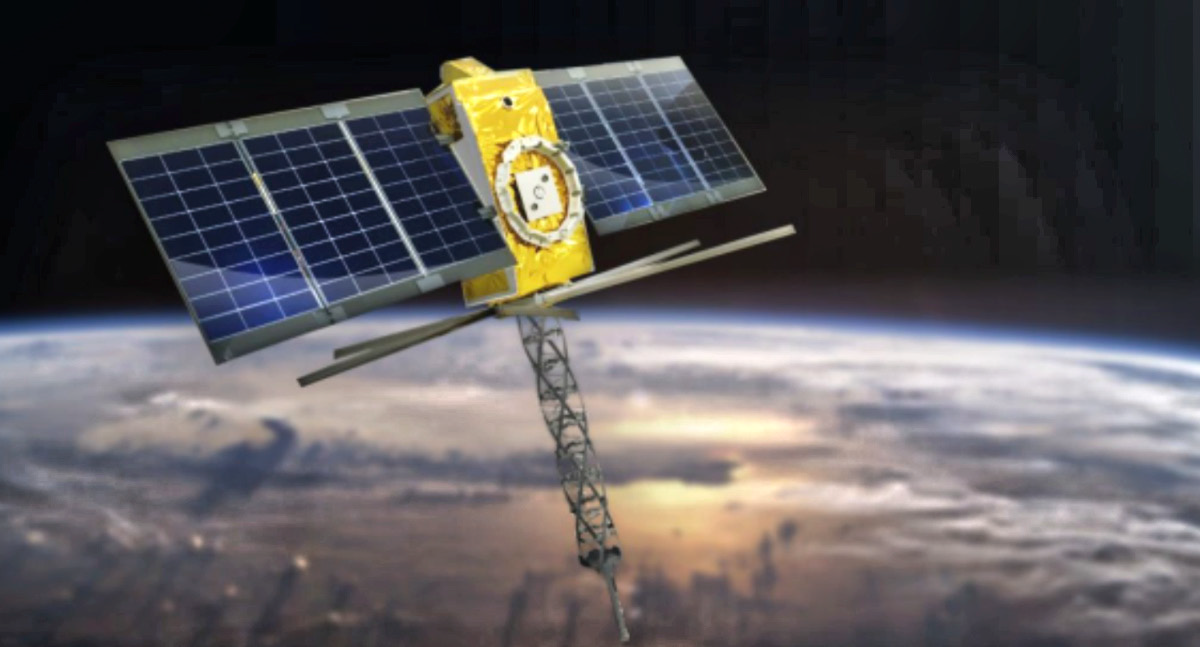
Artistic rendition of the Kineis satellite.
“Together with a new three story building, the site will soon be equipped with an additional Clean Room including an automated qualified production line for the manufacture of space equipment. These investments will highly enhance EREMS capacities for supplying equipment both for traditional space programs and for Newspace programs, in particular for smallsats and constellations,” said Gérard Dejonghe, EREMS Chairman and Chief Executive Officer.
www.erems.fr
Founded in 1979, EREMS is a French Small to Medium Enterprise (SME) that specializes in the design and realization of electronic equipments and of associated softwares for high technology fields: Space, Defence, and Aeronautics. For more than 40 years, the company has offered engineering, manufacturing and tests services and develops flight electronics and ground electronic equipments and test benches.

Author Gérard Dejonghe is the Chairman & CEO at EREMS. He graduated from SupAero engineering school in 1985 and started at Aerospatiale (now Airbus). He also received a Company Management diploma at the Toulouse School of Management and, in 1991, joined EREMS. After several years as a Project Manager for a variety of space equipment and instruments projects, in particular for the International Space Station. Gerard acquired the overall management of EREMS in 2005 and became the company’s main shareholder in 2009.


